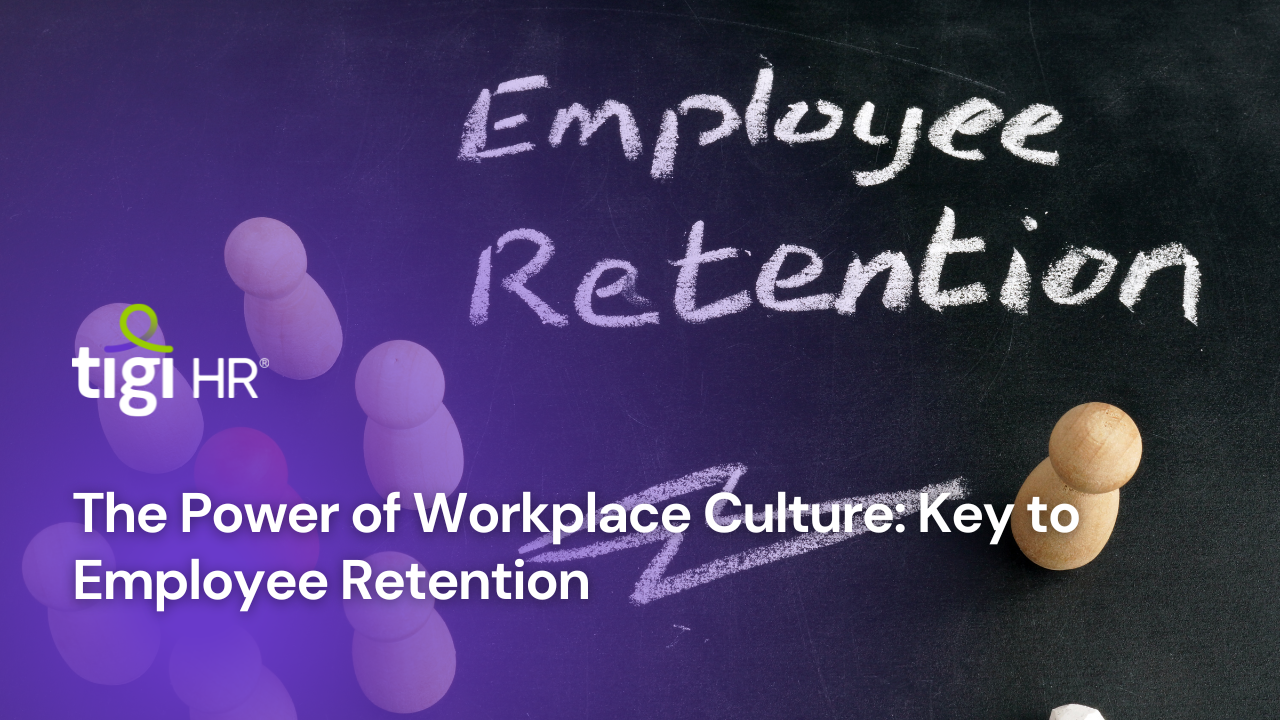Title: Strategies for Effective Employee Departures
Employee exits, whether voluntary or involuntary, mark a pivotal phase in the lifecycle of any organization. How these departures are managed can significantly influence workplace morale, team dynamics, and even the company’s brand reputation. This excerpt explores effective exit strategies and best practices for handling employee departures, emphasizing the critical role of a well-structured offboarding process in preserving a positive organizational culture.
### The Significance of Employee Exits:
Employee departures, especially terminations, can be sensitive and complex situations. Statistics indicate that involuntary separations make up about 3% of the workforce annually, underlining the importance of managing these transitions effectively.
### Impact on Workplace Morale:
The manner in which employee exits are handled can profoundly impact workplace morale and productivity. Gallup’s research highlights that poorly managed exits can lead to a significant decrease in team morale, affecting overall organizational performance by up to 40%.
### Effective Exit Strategies:
1. **Transparent Communication**: Transparently communicate departure news to relevant stakeholders, ensuring consistency in messaging and minimizing uncertainty among the team.
2. **Structured Offboarding Plan**: Develop a comprehensive offboarding plan encompassing paperwork, knowledge transfer, and transition timelines for a seamless handover of responsibilities.
3. **Respect and Dignity**: Treat departing employees with respect and dignity, irrespective of the circumstances surrounding their exit, to maintain a positive organizational image.
4. **Privacy and Confidentiality**: Maintain confidentiality regarding the reasons for departure, safeguarding the departing employee’s privacy and professional reputation.
5. **Exit Interviews and Feedback**: Conduct exit interviews to gather feedback on the employee experience, reasons for departure, and potential areas for organizational improvement.
6. **Knowledge Transfer Sessions**: Facilitate knowledge transfer sessions to ensure critical information and expertise are passed on to remaining team members or successors.
7. **Support Services**: Offer departing employees support services like career counseling or networking opportunities to aid their transition and demonstrate empathy.
### Statistics and Insights:
– SHRM reports that 94% of employees with positive offboarding experiences would consider returning to their former employer.
– According to the Society for Human Resource Management, 33% of organizations have formal offboarding programs in place.
### Best Practices for Effective Offboarding:
1. **Preparation of Documentation**: Prepare necessary paperwork, termination letters, benefits information, and legal documents in advance for a smooth exit process.
2. **Asset Security Measures**: Secure company assets, such as devices, access credentials, and proprietary information, before the employee’s departure.
3. **Maintaining Professionalism**: Uphold professionalism during the exit process, avoiding conflicts or negative discussions that could impact the departing employee or team morale.
4. **Encouraging Continued Networking**: Encourage departing employees to maintain positive connections with former colleagues, fostering potential future collaborations or referrals.
5. **Post-Exit Follow-up**: Conduct post-exit follow-ups to ensure a smooth transition, address any remaining concerns, and maintain a positive relationship with the former employee.
6. **Continuous Review and Adaptation**: Continuously review and adapt offboarding processes based on feedback and organizational needs to enhance future exit experiences.
### Ensuring a Positive Organizational Culture:
Effectively managing employee exits contributes to nurturing a positive organizational culture and upholding the employer brand. Handling departures with empathy, professionalism, and a structured approach safeguards the company’s reputation and sustains a supportive environment for both departing and remaining employees.
### Conclusion:
Employee exits, while challenging, present an opportunity for organizations to demonstrate empathy and commitment to their employees’ well-being. A well-managed offboarding process is integral for maintaining a positive workplace culture, preserving morale, and safeguarding the company’s reputation. Implementing effective exit strategies and best practices allows companies to navigate employee departures smoothly, fostering an environment conducive to continued growth and success.











